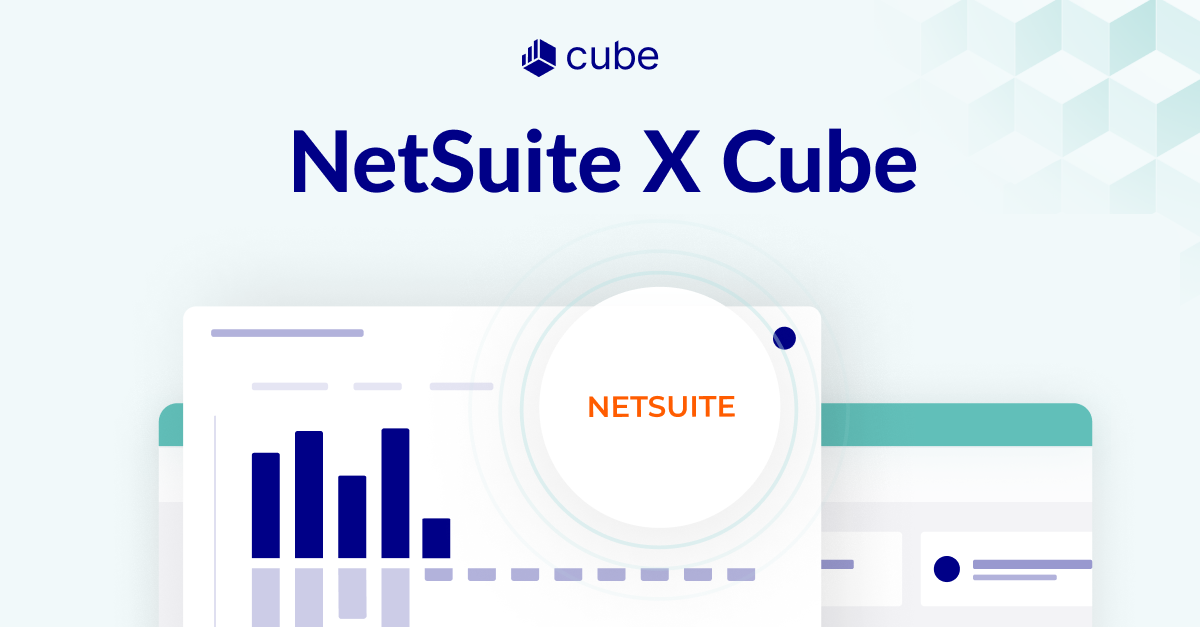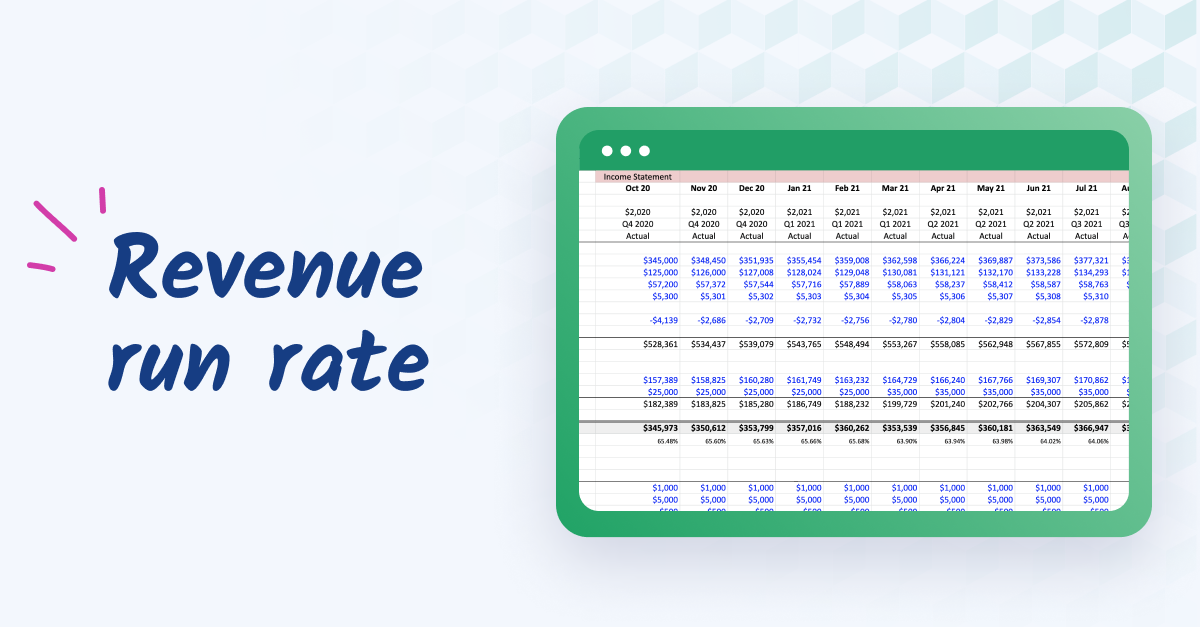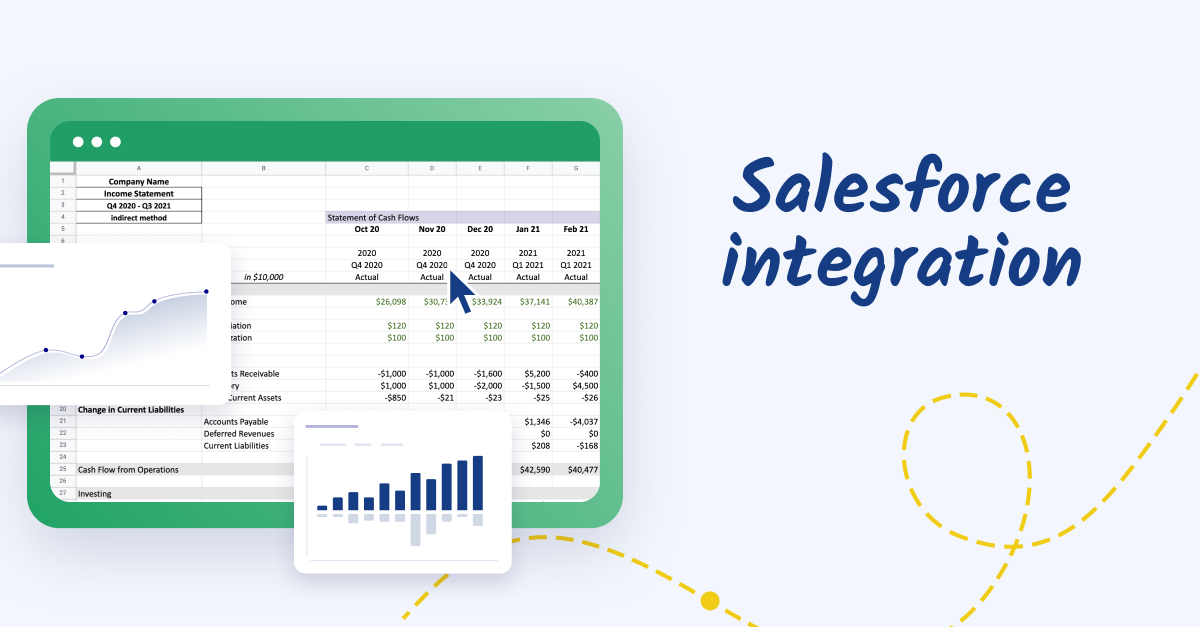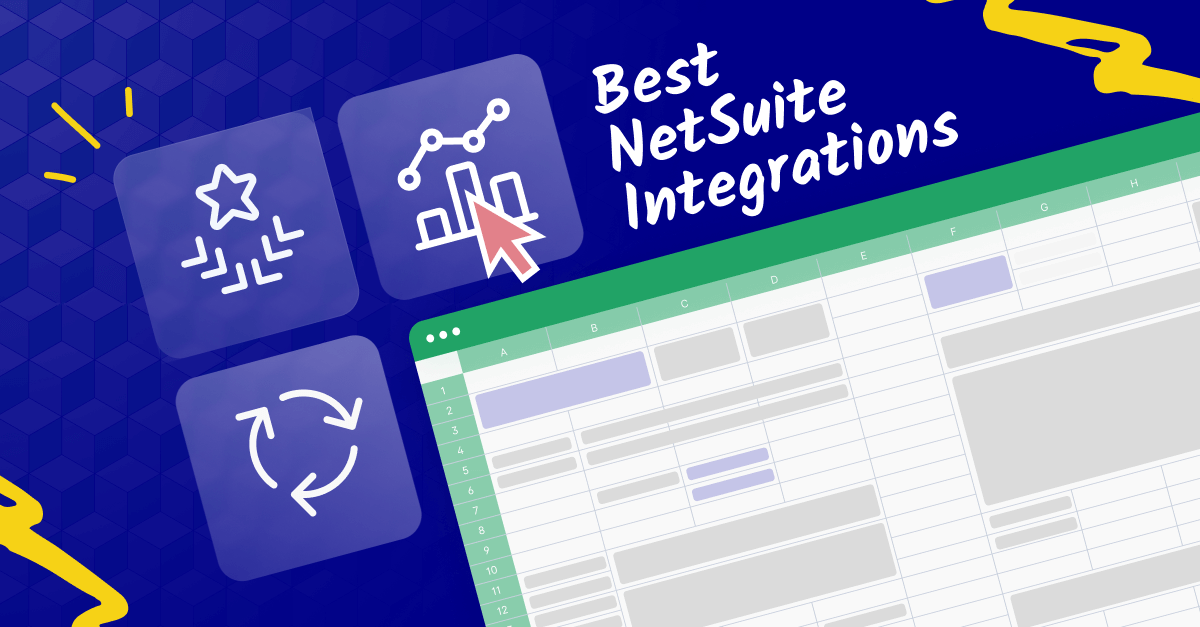Billy Russell
FP&A Strategist, Cube Software
See Cube in action
Get out of the data entry weeds and into the strategy.
Free demo
TABLE OF CONTENTS
- ERP systems: What you need to know
- FP&A solutions: Finance's secret weapon
- Why integrate NetSuite with an FP&A platform
- What you can do with a NetSuite and Cube integration
- The benefits of integration NetSuite and FP&A solutions
What is an ERP system?
An ERP system, or enterprise resource management system, is a software solution that helps companies manage day-to-day operations like accounting, procurement, HR, finance, and more. Most companies use an ERP to manage their General Ledger (GL). The GL serves as the cornerstone for all financial reporting and procedures, establishing the framework for financial data management.
There are a number of popular ERP systems out there, including:
- NetSuite
- Quickbooks
- Sage Intacct
- SAP Business One
- Xero
...and many more. Determining which ERP system is right for your business comes down to the needs, size, and often the industry your business is in.
NetSuite, in particular, is a popular ERP system built for organizations of all sizes. It offers a wide range of functionality, including accounting support, customer relationship management (CRM), financial software, inventory management, order management, and more.
What is an FP&A solution?
Financial planning and analysis (FP&A) is an essential function within the office of the CFO. These teams help manage and forecast the financial future of your business.
FP&A requires collaboration to align your business around the right insights with the right data.
For many years, these teams have relied on siloed systems and endless spreadsheets to help literally do it all. That said, working with spreadsheets alone introduces many unnecessary risks—from manual errors to copy-and-paste mistakes to security risks.
But new technology has changed all that. Financial planning software is making it easier to automate the tedious and manual tasks that led to long, sleepless nights for finance folks of the past. This means fewer mistakes and more time for the strategic work that matters.
That said, not all FP&A software is created equal. Like ERP systems, what you need may depend on the size and scope of your business.
At Cube, we prioritize making our customers' lives easier. That's why we are a spreadsheet-native FP&A solution. We give you the power to automate and perform deep planning, modeling, and forecasting from the comfort of your Google Sheets and Excel. And, if you're ever looking to get out of spreadsheet land, our robust platform supports you.
Why integrate an ERP system, like NetSuite, with Cube?
While NetSuite is a robust standalone solution—and FP&A software provides much-needed automation to the finance function—other software integrations offer customization and additional functionality.
When it comes to FP&A, integrating NetSuite with Cube amplifies the potential of ERP data. It not only unlocks this data for enhanced manipulation and analysis but also offers a more intuitive interface—a spreadsheet—making data handling swift and adaptable.
The Cube and NetSuite connection empowers finance teams to import, clean, and organize data and work with it directly in Excel or Google Sheets. When systems work well together, so do the teams that use them.
FP&A teams typically use Cube and NetSuite integration to do the following:
- Easily access source data stored in the cloud: With a Cube + NetSuite integration, finance teams don’t have to use long formulas in Microsoft Excel workbooks. With the Cube API, they can pull NetSuite data into Microsoft Excel and Google Sheets reports and eliminate giant data pulls. Minimal manual work is always a plus.
- Group and organize data: Through Cube, it's easier to group and map NetSuite data. This customization makes the reporting process much faster.
- Create new data fields: The sync from NetSuite to Cube lets finance teams seamlessly map new accounts, vendor codes, and more into new or existing Cube dimensions.
%20(Spring%202023)/blog-interstitial-FP_A-_1_.webp?width=2400&height=600&name=blog-interstitial-FP_A-_1_.webp)
What can you do with a NetSuite and Cube integration?
Let’s talk details. At a high level, a connection between ERP and FP&A systems helps businesses get more out of their data. On a more granular level, what can finance teams do between NetSuite and Cube?
Here’s a quick summary:
- Sync chart of accounts via NetSuite’s API
- Configure saved searches to identify which transactions to bring into Cube for further analysis
- Create multi-currency saved searches to bring the latest exchange rates into Cube by account
- Transfer different types of data depending on the integration type.
- With a standard integration, finance teams can access transactional data.
- With a custom integration, finance teams can access transactions, operational data, inventory data, headcount data, and more.
- Customize the integration further to meet specific business needs
What are the benefits of integrating your ERP and FP&A systems?
Ultimately, integrating your ERP and FP&A systems helps you get more out of your data for better, more strategic planning.
For FP&A teams, this means less manual work and more time for impactful planning, analysis, and reporting.
With a NetSuite and Cube integration, finance teams can:
- Close the books in record time: Easily analyze transactions after syncing their Chart of Accounts.
- Model and budget with ease: Import historical data to budget and model in whatever spreadsheet the team prefers.
- Get custom financial reporting: Create seamless, custom reports for any situation with the Saved Search feature.
Don’t just take our word for it. In a G2 review, one of our customers had this to say about the integration:
Cube gave us a great amount of flexibility with how we could manipulate reporting from our ERP, NetSuite. It allowed us to leverage spreadsheets that easily incorporate into our modeling & budgeting, which was an advantage over more rigid solutions.
Conclusion: a match made in heaven
Too often finance teams are slowed down by siloed data and clunky systems. They need to do deep analysis—and they need to do it fast.
By integrating ERP data into an FP&A platform, finance teams can get more out of their business data and have a single source of truth for all their financial planning, reporting, and analysis.
If you’re looking to level up your FP&A function, see how Cube can help. Request a free demo today.



.png)









%20(Spring%202023)/blog-interstitial-FP_A-_1_.webp?width=2400&height=600&name=blog-interstitial-FP_A-_1_.webp)



